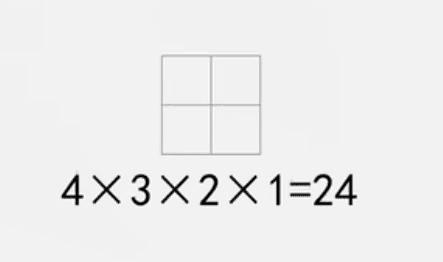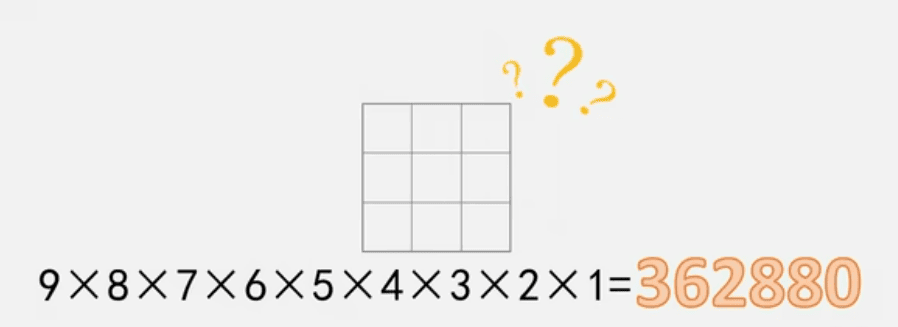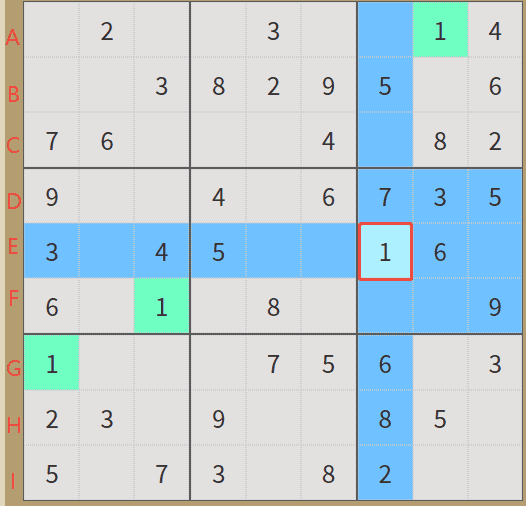Welcome to an intellectual adventure in the captivating realm of Sudoku! While this puzzle might seem modern, its roots delve deep into history. Join us as we explore the evolution of this elegant game and discover how mastering Sudoku can sharpen your mind, just like the greatest thinkers of the West.
A Tale of Two Geniuses
In Arthur Conan Doyle’s Sherlock Holmes stories, we encounter two brilliant minds: Professor Moriarty, a mathematical mastermind, and Sherlock Holmes himself. Moriarty may spend hours solving a Latin square puzzle, but Holmes—armed with logical deduction—solves it swiftly. What’s the secret? Holmes doesn’t rely solely on raw intellect; he employs structured reasoning. Similarly, mastering Sudoku isn’t about being a “math whiz”—it’s about learning systematic strategies. Our course will equip you with these mental tools, transforming you into a puzzle-solving virtuoso.
What Is Sudoku?
Sudoku, meaning “single number” in Japanese, challenges players to fill a grid with digits (1–9) such that each row, column, and 3×3 subgrid contains every number exactly once.
1×1 grid offers just one solution.

2×2 grid allows 24 permutations (4×3×2×1).

3×3 grid? A staggering 6.67×10²¹ possibilities! This complexity is the magic of Sudoku: simple rules, infinite variations.

History Roots of Sudoku
Sudoku’s lineage traces back to ancient civilizations, with roots in the mathematical principles of ancient Greece. Legend has it that Pythagoras, while studying sacred geometry, discovered a 3×3 magic square where the sums of rows, columns, and diagonals equaled 15. This “Lo Shu Square” later traveled to Persia and Arabia, where scholars believed such grids held cosmic secrets.
In the 18th century, Swiss mathematician Leonhard Euler developed the “Latin Square”—a grid where symbols appear once per row and column. This concept evolved into what we know as Sudoku today. In 1979, American architect Howard Garns created a puzzle called Number Place, which was published in Dell Magazines. Japan renamed it Sudoku in 1984, and British puzzle enthusiast Wayne Gould popularized it globally in the 2000s by coding Sudoku generators for The Times.
Why Sudoku Captivates the World
Today, Sudoku transcends mere entertainment; it serves as a cognitive workout endorsed by various intellectuals:
Chess grandmaster Magnus Carlsen credits puzzles for honing his tactical focus.
NASA engineer Eileen Collins solved Sudoku during space missions to maintain her sharpness.
Blindfold Sudoku champion Thomas Snyder demonstrates the game’s limitless depth.
Organizations like the World Puzzle Federation and the U.S. Sudoku Championship celebrate this mental sport, with educational programs worldwide incorporating Sudoku to enhance logical thinking skills.
Sudoku Basics
A standard Sudoku grid (9×9) consists of:
Rows (labeled A–I horizontally)
Columns (numbered 1–9 vertically)
Boxes (3×3 subgrids, numbered 1–9)
For example, a “1” in cell E7 belongs to Row E, Column 7, and Box 6. Variants like Diagonal Sudoku or Irregular Sudoku introduce new twists, but all adhere to the core rule: no number repeats in any unit!

As you progress, you’ll learn techniques like scanning, cross-hatching, and candidate elimination to solve puzzles swiftly and accurately.
Sudoku is more than just a pastime; it’s a gateway to sharpened logic, quicker calculations, and unwavering focus. From Pythagoras’ magic squares to modern championships, this game connects centuries of human curiosity. Ready to become a Sudoku champion? Let’s embark on your training journey!
“The only way to learn is to practice.” —Euler
By understanding the history and evolution of Sudoku, you enrich your puzzle-solving experience and deepen your appreciation for this fascinating game.
April 14, 2025